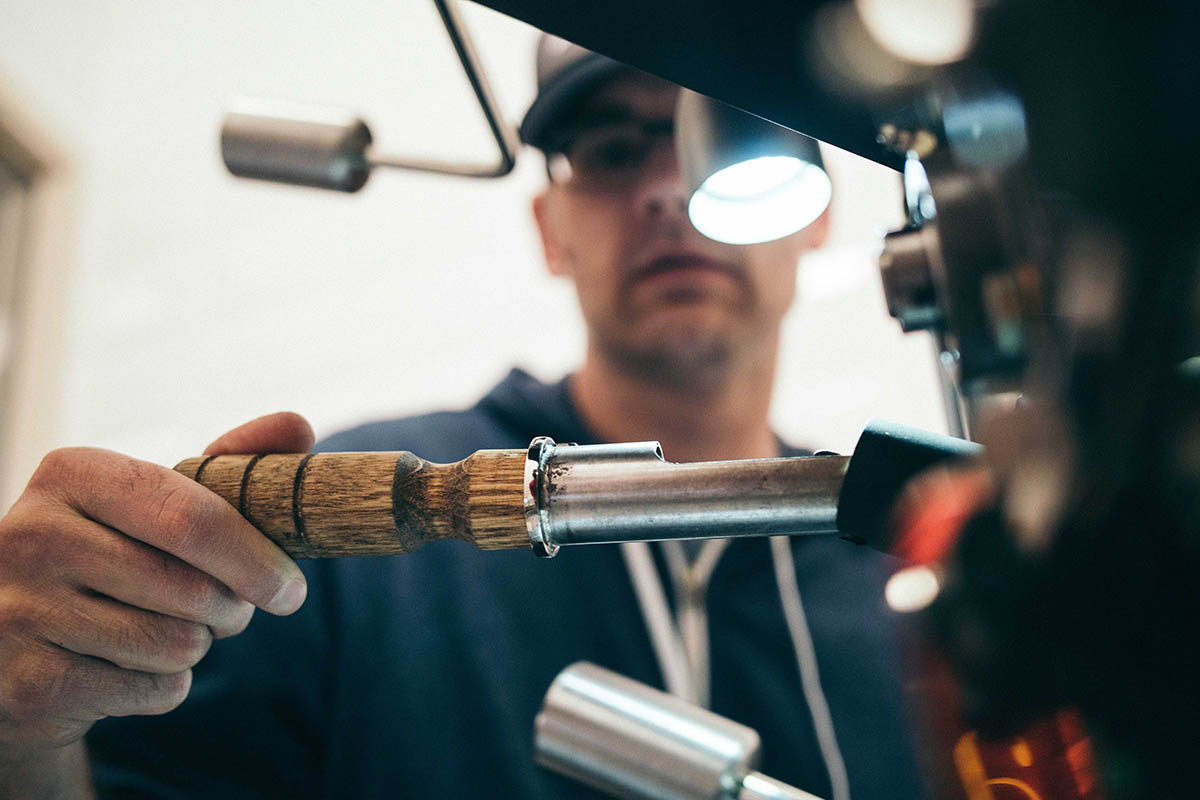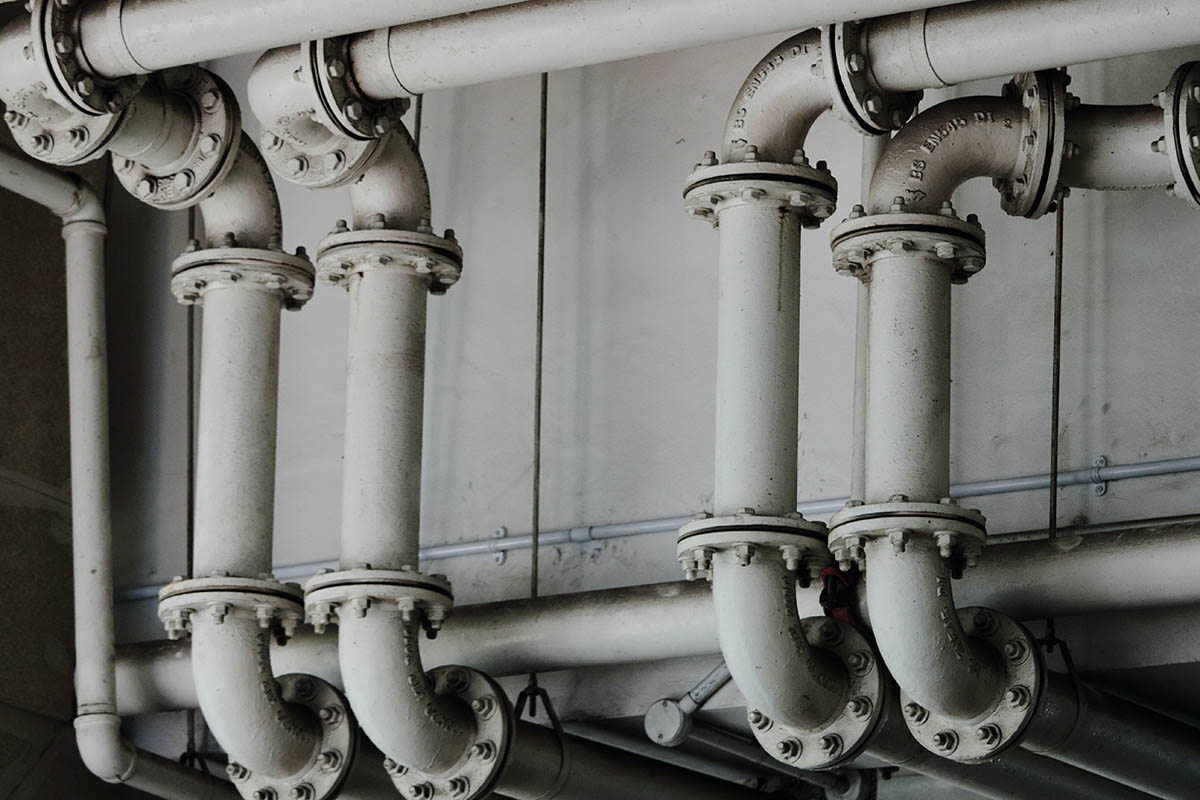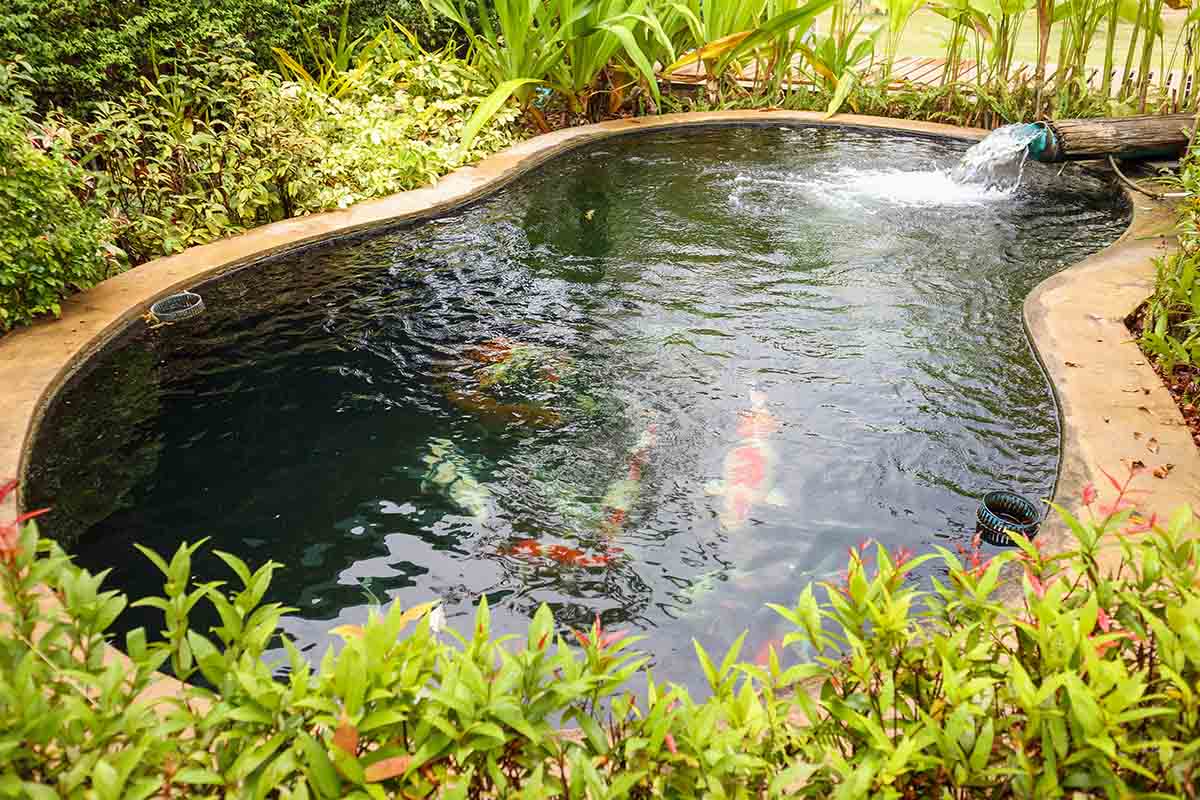Each year, an estimated 40 percent of energy usage in households across the U.S. is to heat water for washing and bathing – making it one of the most expensive components of home energy consumption. Rising temperatures during hot summer months lead to even more wasted energy on cooling buildings down after a heater has been running too long because poorly insulated pipes prevent efficient transport – resulting in families losing large monthly money due to unnecessary bills.
One highly effective solution that can help you save significantly on heating costs is pipe insulation – with proper implementation allowing up to $100 per month or more, depending upon residence size and climate conditions!
In this blog post, we’ll review why insulating your pipes should be a priority when thinking about saving energy and how developing a workflow background understanding can make all the difference!
Understand the benefits of insulating your pipes
Insulating your pipes can provide numerous benefits for your wallet and the environment. You can save significant money on energy bills by preventing heat loss through your plumbing system. Additionally, insulation can decrease the risk of frozen pipes during cold weather, which can cause costly damage to your home.
Furthermore, hot water pipe insulation also reduces the amount of water that is wasted while waiting for hot water to reach its destination, as it maintains a consistent temperature throughout the system. Insulating your pipes can lead to a more efficient and cost-effective plumbing system.
Consider the advantages of reducing energy loss in your home
In order to make the most of your energy savings, it is essential to understand where and how energy loss occurs. Insulating your pipes is a great way to reduce heat transfer through walls and floors, which can drastically lower your monthly bills. Additionally, any air leaks around windows and doors should be filled in order to prevent further energy loss.
Other small changes, such as replacing old appliances with more energy-efficient models or installing a programmable thermostat, can help further reduce your energy costs. With all these measures combined, you should be able to reduce your monthly expenses while also helping the environment drastically.
Explore the ways that pipe insulation can help you save money
Pipe insulation is a simple and affordable solution that can lead to impressive savings on your energy bills. By wrapping your pipes with insulation, you can prevent heat loss and make sure that every drop of hot water reaches its intended destination.
Not only does this make your hot water supply more efficient, but it also means that you can turn down your thermostat without sacrificing comfort. With less heat escaping from your pipes, you will also reduce the strain on your heating system, extend its lifespan, and cut down on the need for repairs and replacements. All in all, pipe insulation is a smart investment that can save you both energy and money in the long run.
Learn about the different types of pipe insulation available to you
With the variety of pipe insulation options available, choosing the right one for your job can be overwhelming. There are different materials ranging from foam to fiberglass and different thickness levels to factor in. Each type has its unique benefits and drawbacks, such as affordability and durability. By educating yourself on the different types of pipe insulation available, you can make an informed decision and safeguard your plumbing system against extreme temperatures.
Selecting the Right Pipe Insulation
Selecting the appropriate type and thickness for your specific needs is essential when considering pipe insulation. The first step is to measure the diameter of your pipes to ensure you choose insulation that fits snugly. Foam pipe insulation is popular due to its ease of installation and cost-effectiveness.
It comes in various thicknesses and can be cut to size, making it suitable for DIY projects. On the other hand, fiberglass pipe insulation provides excellent thermal performance and is more durable, but it may require professional installation. Additionally, consider the climate in your region – if you experience extreme temperatures, opting for thicker insulation may be necessary to provide sufficient protection against freezing.
DIY vs. Professional Installation
While some homeowners may opt for DIY pipe insulation projects to save on costs, others might prefer hiring professionals to ensure a proper and efficient installation. DIY insulation can be straightforward, especially with foam pipe insulation, as it often comes with self-adhesive strips that make application easier.
However, if you have complex plumbing configurations or lack experience in handling insulation materials, it’s best to seek professional help. A professional can ensure all pipes are correctly covered, identify any potential weak points in the system, and provide solutions to maximize energy savings.
Why Insulating Pipes: Incentives and Rebates
In some regions, there are government incentives and utility company rebates aimed at promoting energy efficiency. These incentives may assist homeowners who invest in pipe insulation or other energy-saving measures. Before starting your insulation project, research local programs available to you. Taking advantage of such incentives can offset the initial insulation cost and accelerate your return on investment, making it an even more attractive option for saving money in the long term.
Insulating your pipes is a practical and cost-effective solution to save money on energy bills while contributing to environmental conservation. By reducing heat loss and ensuring efficient hot water delivery, pipe insulation can lead to substantial monthly savings. Understanding the different types of insulation available and their benefits allows you to make an informed decision that best suits your home’s needs.
Whether you opt for a DIY project or seek professional installation, the benefits of pipe insulation are clear – lower energy consumption, reduced risk of frozen pipes, and a more sustainable approach to home plumbing. With the potential to save hundreds of dollars each month, pipe insulation is a smart investment that pays off in both the short and long term. So, take action today to start enjoying the benefits of a well-insulated plumbing system and a more budget-friendly future.




















